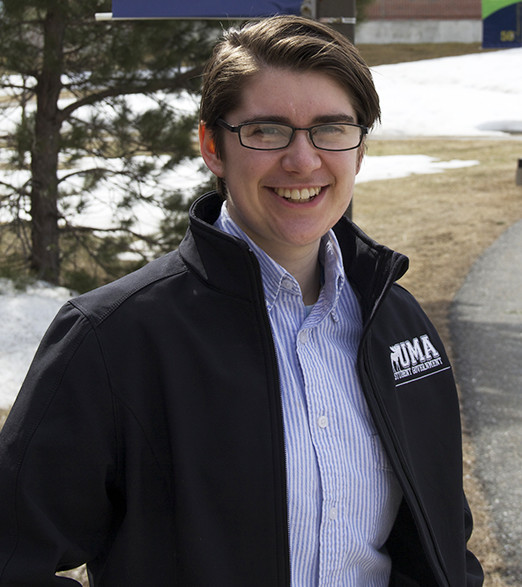The latest development in a national conversation about bathroom usage that seemed to have been sparked last year by the introduction of House Bill 2 (better known as the original “bathroom bill”) in North Carolina is the Supreme Court’s decision to return the case of Gavin Grimm to the Fourth Circuit Court of Appeals.
If you’ve been tapped into this debate, you’ll know that the North Carolinian bill — which had a serious financial impact on the state, according to Business Insider — has also inspired a number of similar bills in other states.
Essentially, these bills force people to use the bathroom that aligns with their biological sex.
This legislation puts transgender individuals into a Catch-22: they are barred from the bathroom that is right for them, while being required to use a bathroom that is wrong for them.
When discussing bathroom bills and how they affect his case, Gavin referenced a recent interview of actress Laverne Cox on MSNBC. In the interview, Cox put these bills into perspective by asserting that the core intention of these bills is about the right to exist in public spaces. Transgender people are fighting for their right to interact and live in public space.
Using the bathroom is a basic human need. To rob a person of their ability to do so in a public space is to clearly send a message: that person is not welcome in that public space. As Cox mentions in that same interview, public spaces include schools, work places, and health-care facilities.
The difficulty of enforcing these laws reinforces Cox’s contention. “Are you going to station guards?!” is a common conclusion I’ve seen people jump to. Of course, posting guards is not the plan, but the more disturbing aspect is that they aren’t even needed.
Supporters of these bills spread myths that allowing transgender people to use bathrooms appropriate for their gender is dangerous, mainly for women and children. Despite the lack of evidence for these claims they cause fear, which makes the situation uncomfortable for everyone involved. Creating an atmosphere of discomfort in public bathrooms can be a strong deterrent for people to spend time in public spaces. This discomfort is not new, but increased national attention and discriminatory laws will only add to the problem.
In a book published nearly 20 years ago, “Female Masculinity,” scholar Judith Halberstam discusses what she calls the “bathroom problem” that she has faced as a gender non-conforming person. On page 20 of her book, she tells this story of using an airport restroom: “I strode purposefully into the women’s bathroom. No sooner had I entered the stall than someone was knocking at the door: ‘Open up, security here!’ I understood immediately what had happened. I had, once again, been mistaken for a man or a boy, and some woman had called security.”
Although she was in the “proper” bathroom, security was still called. The message is clear: exist in ways deemed “appropriate,” or get out.
Clearly, feeling discomfort in public bathrooms is not new territory for some Americans. And the more bills that are introduced like HB2 in North Carolina, the worse the “bathroom problem” is going to get for transgender Americans.
Everyone deserves the right to go to school, work, and exist in public spaces.
Kim Carter is a recent graduate of the University of Maine at Augusta. While she is anxiously awaits for graduate school responses, she keeps busy staying involved on campus as a UMA Class Steward, an in-class mentor that helps facilitate student success, and is currently working on a theater project with the university and community.
Send questions/comments to the editors.



Comments are no longer available on this story